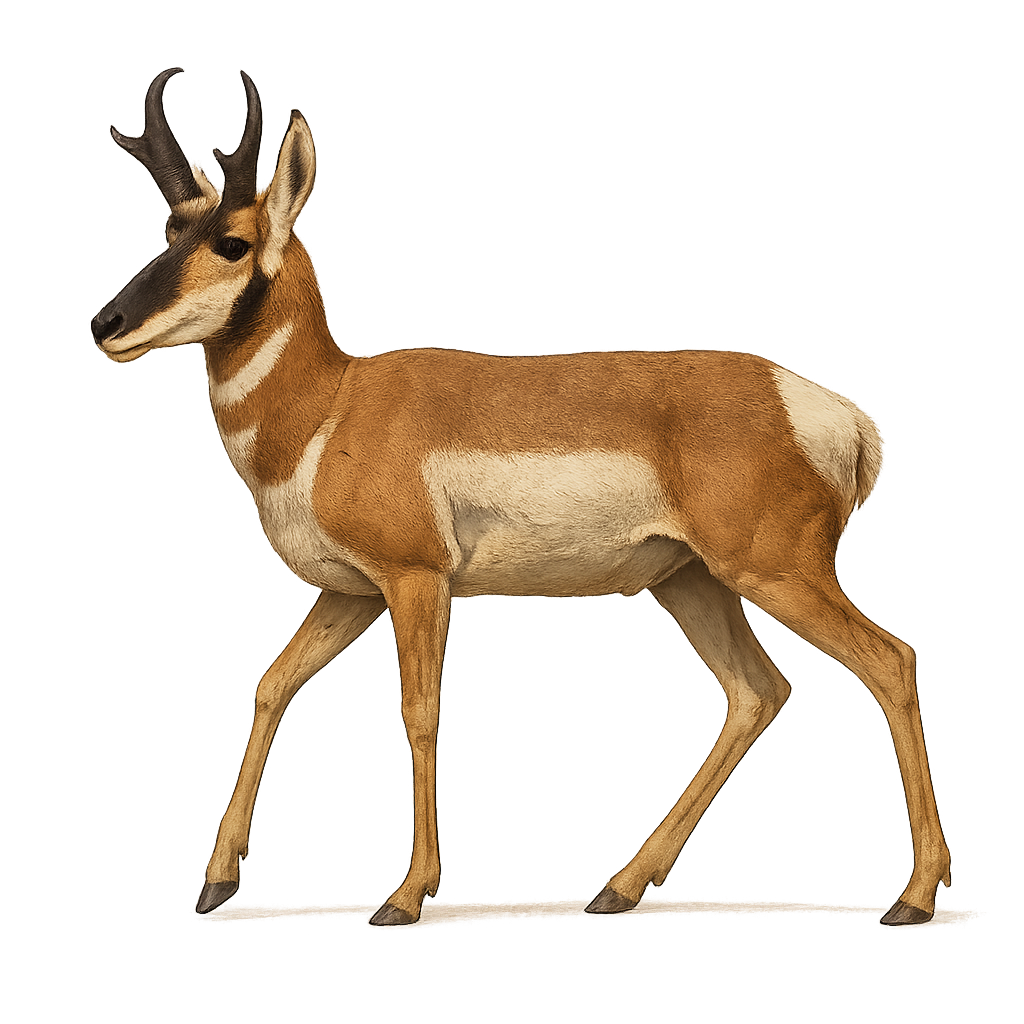Your wildlife photography guide.
Explore the pronghorn in detail, study its behavior, prepare your shots.
Where to observe and photograph the pronghorn in the wild
Learn where and when to spot the pronghorn in the wild, how to identify the species based on distinctive features, and what natural environments it inhabits. The WildlifePhotographer app offers tailored photography tips that reflect the pronghorn’s behavior, helping you capture better wildlife images. Explore the full species profile for key information including description, habitat, active periods, and approach techniques.
Pronghorn
Scientific name: Antilocapra americana

IUCN Status: Least Concern
Family: ANTILOCAPRIDAE
Group: Mammals
Sensitivity to human approach: Not shy
Minimum approach distance: 100 m
Rut period: September to October
Gestation: 240-250 jours
Births: May to June
Habitat:
Grasslands, arid steppes and open plains
Activity period :
Primarily active during the day, with peak activity in the morning and late afternoon.
Identification and description:
The pronghorn is an ungulate 1.2–1.5 m long and 35–65 kg, with light brown and white striped fur and curved horns. It inhabits grasslands and arid steppes of North America, feeding on herbaceous plants and leaves. During the rut, males loaf near females and perform high-speed intimidation runs.
Recommended lens:
300 mm – adjust based on distance, desired framing (portrait or habitat), and approach conditions.
Photography tips:
Position yourself on a slight rise at the prairie edge to capture males in intimidation runs. Shoot at dawn or dusk for raking light and emphasize horn silhouettes with shallow depth of field.
The WildlifePhotographer App is coming soon!
Be the first to explore the best nature spots, track rutting seasons, log your observations, and observe more wildlife.
Already 1 428 wildlife lovers subscribed worldwide

